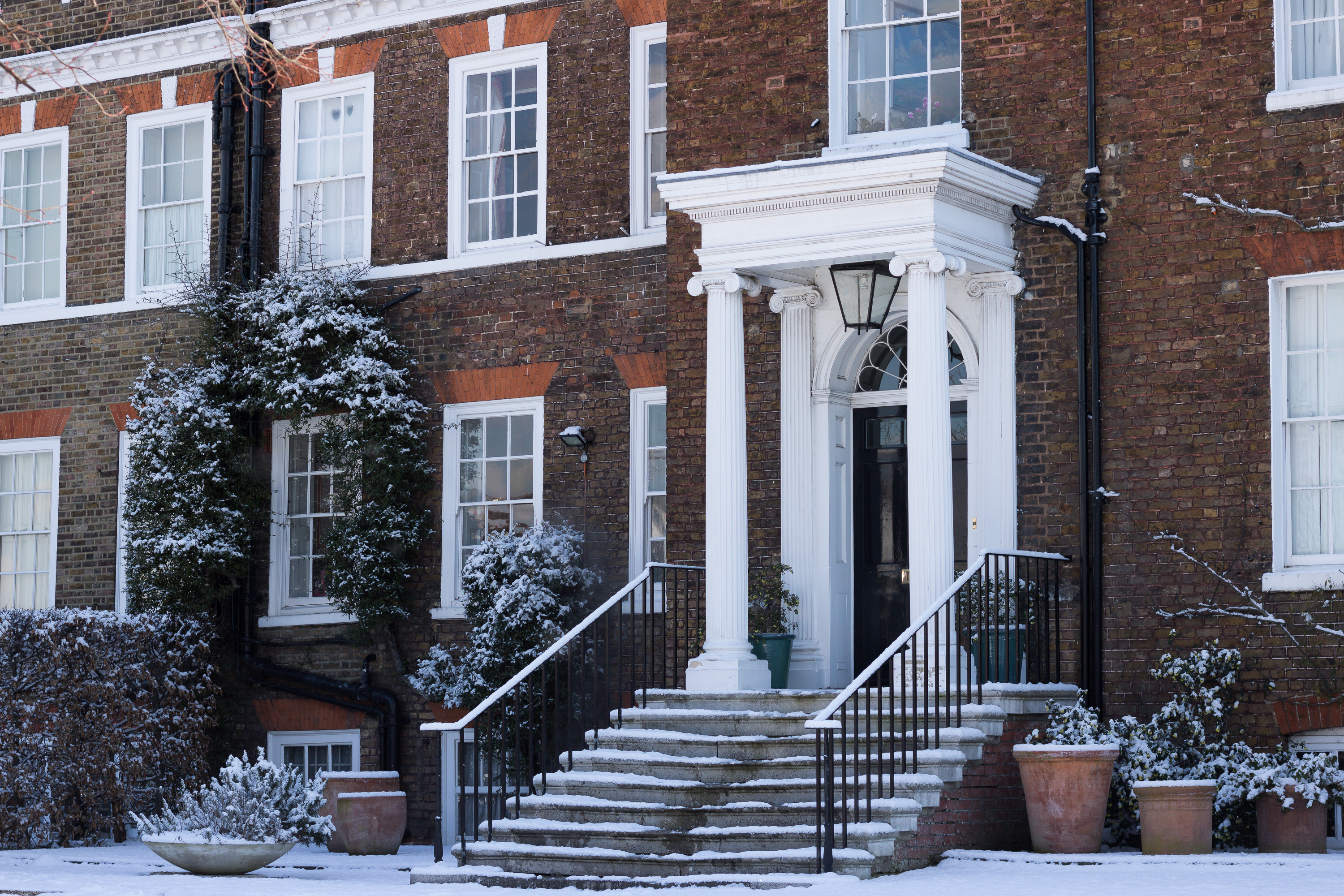
As the winter months approach, damp and mould can present serious issues for both landlords and tenants, so it’s important to take preventative action and maintain good habits. Whether you’re a landlord trying to keep your property up and running or a tenant aiming to keep your living space comfortable, preventing winter damp is essential.
Here’s how to stay ahead of this seasonal issue.
Understand the causes of damp
Damp can occur for several reasons, but the most common in winter are:
- Condensation: This happens when warm, moist air meets cold surfaces, like windows or walls, causing water droplets to form.
- Rising damp: Ground moisture rises through the walls due to a lack of a damp-proof course (DPC) or a damaged one.
- Penetrating damp: Water enters the property through external defects, such as a leaky roof, blocked gutters, or poor-quality brickwork.
Preventing damp
Damp and mould are much easier to prevent than to cure, so sticking to healthy practices is the easiest way to make sure your home is properly ventilated and free from moisture.
Keep windows open
Open windows allow moisture to escape rather than settle onto walls or furniture. Make sure to crack open a window if you’re cooking, washing clothes, showering, or using a tumble dryer.
Use extractor fans
Ensure that kitchen and bathroom extractor fans are functioning well to expel moisture-laden air. For landlords, consider installing or upgrading ventilation systems in areas prone to moisture.
Cover up pans when cooking
When cooking, cover pans to reduce the amount of steam released into the air.
Use a dehumidifier
These devices are great for reducing moisture in the air, especially in rooms that are prone to damp. Landlords could also consider providing tenants with dehumidifiers and ensuring that properties have good ventilation to handle excess moisture.
Heat efficiently
Keep your household heating at a low level for longer periods, rather than cranking it high in short bursts. This will heat the home more evenly and effectively, lowering the risk of condensation.
Dry clothes outside
If possible, avoid drying clothes indoors, as this significantly increases indoor moisture. If you must dry indoors, do so in a well-ventilated room with a dehumidifier.
Spotting damp early
Both landlords and tenants should stay vigilant for the early signs of damp:
- Musty smells: A persistent musty smell can indicate hidden damp.
- Mould growth: Black mould spots, especially around windows, in bathrooms, or on walls, are clear signs of damp.
- Peeling paint or wallpaper: If paint or wallpaper starts to peel or bubble, damp might be the cause. If tenants notice these signs, they should inform the landlord or letting agent immediately so that remedial action can be taken.
How we can help
Our agents play a crucial role in preventing winter damp by acting as an intermediary between landlords and tenants. We can conduct regular property inspections to identify any early signs of damp and ensure that maintenance issues are promptly addressed. Our letting agents can also advise on best practices for managing condensation and humidity within the property, offering guidance to both landlords and tenants on how to prevent damp.
For more advice, contact our expert lettings team today